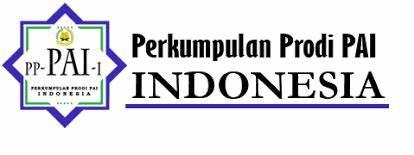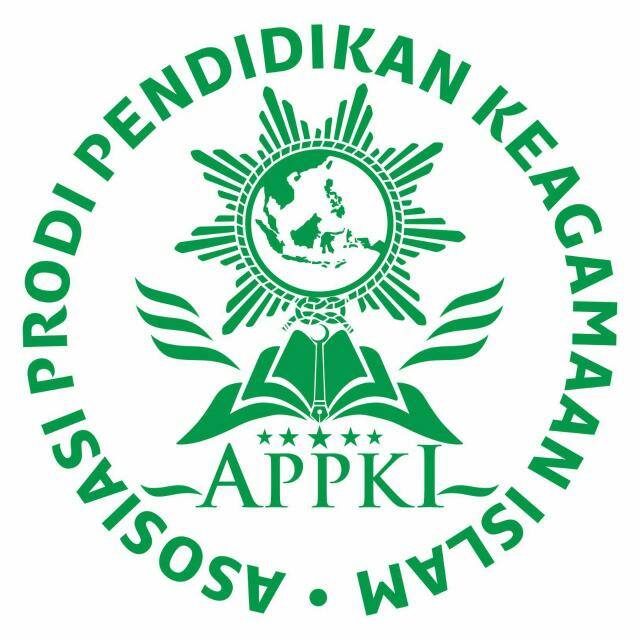author guideline
Author Guidelines EditEdit Author Guidelines
Submission of complete papers follows the guidelines below:
Articles are written in English or Indonesian and have never been published or submitted to any journal or proceedings.
Article length must be 10-15 A4 pages or 3000-4500 words. It must be submitted in editable version as Microsoft Word (.Doc or .Docx) or Rich Text Format (.Rtf) and use standard typography (Book Antiqua, 1.11 pt spacing, A4 size paper, top margin 2 cm, bottom 2 cm, left 2 cm, right 2 cm).
This article is written with the following systematics:
- Title: Book Antiqua 14pt, bold, single spaced, space after 6 pt. The title of the article in Indonesian must describe the article clearly and be written in short and informative words, no more than 13 words.
- Author's name (with institutional affiliation and email address): 12pt Book Antiqua, boldface. The author's name in the article is listed without an academic degree, accompanied by the name of the institution and email. If the manuscript is written by more than one person, only the main author's e-mail is included.
- Abstract (accompanied by keywords): Book Antiqua 11pt, bold, 1 space, space before 12 pt, after 2 pt. Abstracts should be short paragraphs of no more than 150–250 words written in two languages (Indonesian/English) whenever possible. It should include a brief description of the paper, methodology and a summary of the main findings with 3-6 keywords. Keywords represent the author's area of expertise, novelty, issues, and analytical tools.
- Introduction: The introduction provides background to the issue and helps the reader to put the article in context. In this section, the author must state the purpose of writing and the novelty of the article.
- Method: Includes a basic explanation of the method, data collection, location and time of research, type of research, analysis and interpretation of data. State the purpose of the work and provide adequate background, avoiding detailed literature surveys or summaries of results.
- Results/Findings and Discussion: Results/Findings should highlight findings rather than provide detailed research results. The discussion must answer the problem, interpret research results and findings into known knowledge, confirm and/or contrast with other researchers' research, construct new theories, and/or modify previous theories. The discussion must also contain the implications of both theoretical and implementation results.
- Conclusion: must be able to answer research objectives/questions and be presented in the form of paragraphs not bullet points.
- Reference. References and citations using the American Psychological Association 7th Edition reference technique (full note). Reference lists are recommended using a reference management tool (Zotero or Mendeley). The reference list is arranged alphabetically according to the American Psychological Association 7th Edition. References must be publications from the last ten years (> 70%), except for primary references. Referring to any textbook should be kept to a minimum (<30%).









